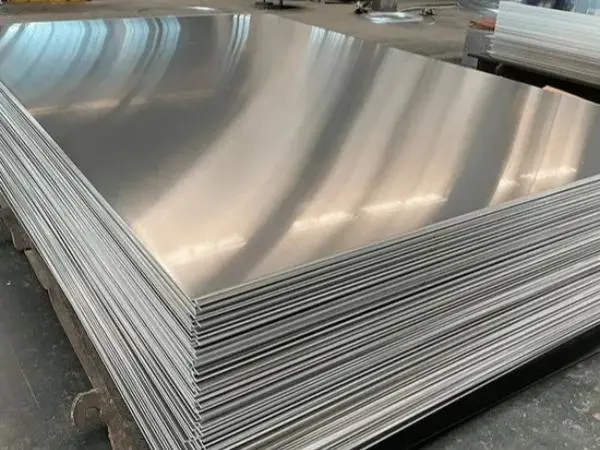- Phone0086 731 8564 8255
- E-mailsales@cscsteel-manufacturing.com
-

Seamless carbon steel pipes are a crucial foundational material across various industries, playing an indispensable role due to their unique properties. In the oil and natural gas sector, these pipes serve as the "lifeline" that ensures a stable energy supply. Known for their high strength and excellent corrosion resistance, seamless carbon steel pipes perform reliably in challenging environments, enabling the safe and efficient long-distance transportation of oil and gas. In the machinery manufacturing industry, they are widely used to produce key mechanical components, such as automobile transmission shafts and oil drill pipes, supporting the smooth operation of machinery.
As a core material in industrial production, seamless carbon steel pipes are integral to many manufacturing processes, including their cutting. With advancements in science and technology, the cutting techniques for seamless carbon steel pipes have evolved, leading to improved precision and efficiency. This article will delve into various cutting methods and highlight their importance in modern industrial applications.
Continental Steel Co.,Ltd is professional carbon steel plates manufacturer, for more details, please contact:sales@cscsteel-manufacturing.com
Different Cutting Methods for Diverse Needs
- Sawing:
As one of the traditional methods, sawing is ideal for cutting smaller diameter seamless carbon steel pipes. Modern sawing tools, such as band saws and circular saws, provide high precision and efficiency. The process results in a smooth surface and precise cuts, making it suitable for applications where cutting quality is a priority.
- Flame Cutting:
This method uses a high-temperature flame to heat the steel pipe to its melting point and then cuts it with oxygen. Flame cutting is cost-effective but yields lower-quality cuts compared to other methods. It is especially suited for cutting thick-walled steel pipes. The introduction of automated multi-head flame cutting machines has improved both the speed and accuracy of this method.
- Plasma Cutting:
Plasma cutting involves using a high-temperature plasma arc to cut the steel pipe. It offers fast cutting speeds and smooth cut surfaces, making it ideal for thick-walled pipes. However, plasma cutting comes with a higher cost. As the technology continues to improve, its applications are expanding.
- Laser Cutting:
Laser cutting is a precise and efficient method that uses a laser beam's high temperature to cut the steel pipe accurately. This method excels in cutting complex shapes and thin-walled pipes. Although it offers high precision, laser cutting equipment is expensive.
In conclusion, seamless carbon steel pipe cutting is an essential part of industrial production, with a variety of methods to suit different cutting needs. As technology continues to advance, cutting techniques for seamless carbon steel pipes will continue to evolve, playing an even more significant role in modern industries. The continued development of these cutting technologies will inject new vitality into industrial progress and expand their applications across multiple sectors.




